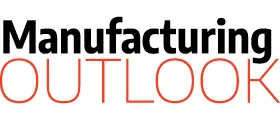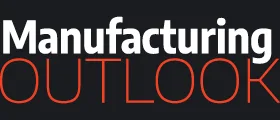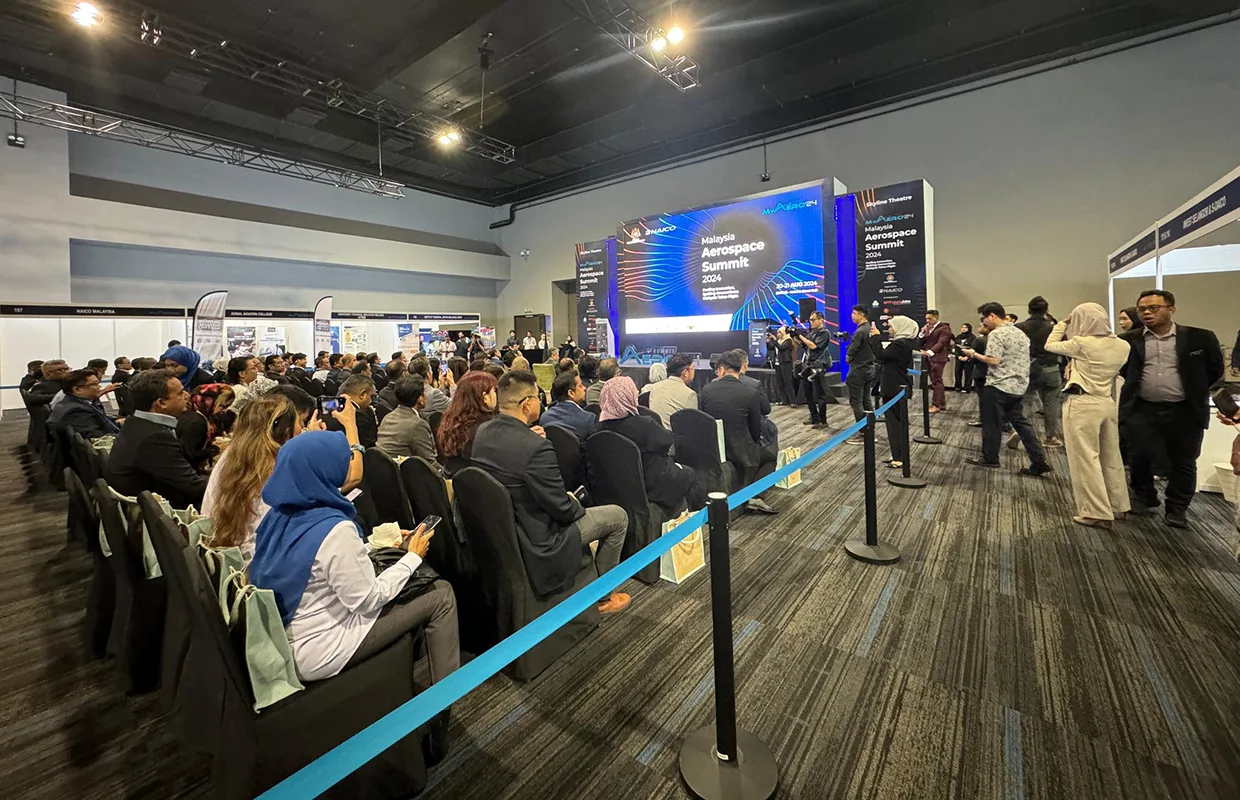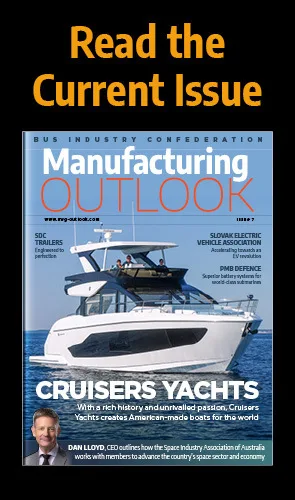Flying high in Southeast Asia, the Malaysian aerospace industry showcases the country’s innovations in manufacturing, technology, and R&D. Supported by a government that historically advocates for its strategic advancement, Malaysia is on track to be a leading global aerospace operator by 2030.
SPOTLIGHT ON MALAYSIAN AEROSPACE
Malaysia not only benefits from being centrally located within Asia Pacific but also boasts strong government support that highly advocates for the aerospace industry’s future potential and solidifies the nation’s presence in the sector globally.
This was first demonstrated by the implementation of the National Aerospace Blueprint (NAB) in 1997, which charted four focus areas for the industry to achieve world-class standards. These included advancements in aircraft parts and components manufacturing; maintenance, repair, and overhaul services (MRO); avionics and systems integrations; and aerospace training.
Today, Malaysian aerospace is increasingly viewed as highly strategic and opportunistic, exemplified by the reconstituted Malaysian Aerospace Industry Blueprint 2030 (MAIB2030) launched in 2015. Continuing the overarching aims of the original NAB, the revised blueprint sets out the aerospace industry’s long-term aspirations to make Malaysia a key global aerospace operator by the end of the decade.
10 years on from its launch, MAIB2030 has also opened the door to a vast pool of job opportunities in the MRO and aero-manufacturing sectors, helping accelerate the country’s socioeconomic standards.
With steadfast infrastructure and legislation in place, the Malaysian aerospace industry is projected to continue growing thanks to ongoing investment in the nation’s manufacturing activities, MRO, R&D and technology capabilities, and highly skilled, efficient workforce.
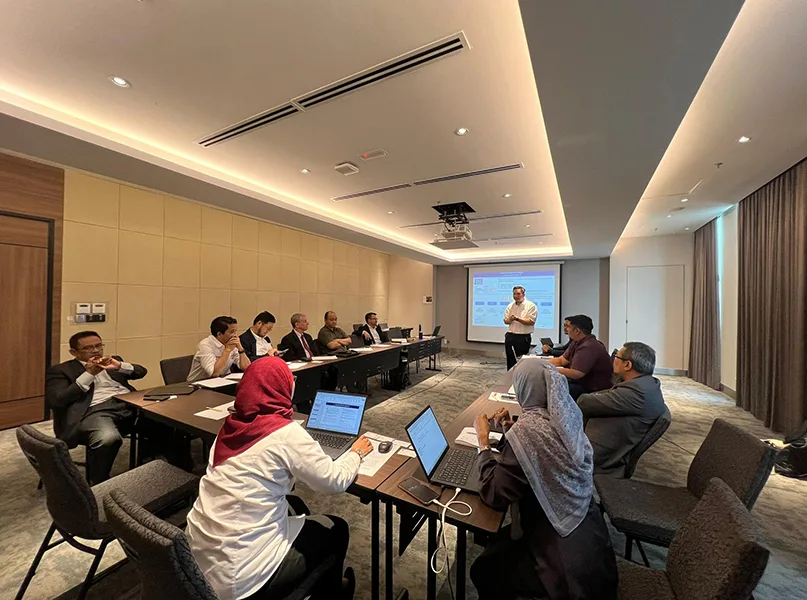
Q&A WITH THE MALAYSIA AEROSPACE INDUSTRY ASSOCIATION
Naguib Mohd Nor, President of the Malaysia Aerospace Industry Association (MAIA), provides insight into the current challenges facing the Malaysian aerospace sector and how MAIA advises its members and encourages industry innovation.
The purpose-driven voice of the industry since its inception in March 2016, the Malaysia Aerospace Industry Association (MAIA) goes above and beyond to represent its members to the government and on the aerospace international stage.
The success of the association stems from its Board of Directors, which comprises top-level managers from some of the industry’s largest organisations. Through comprehensive guidelines set out by MAIA, member companies can seek counsel from the association to facilitate ease of doing business, advance into new markets, and network efficiently.
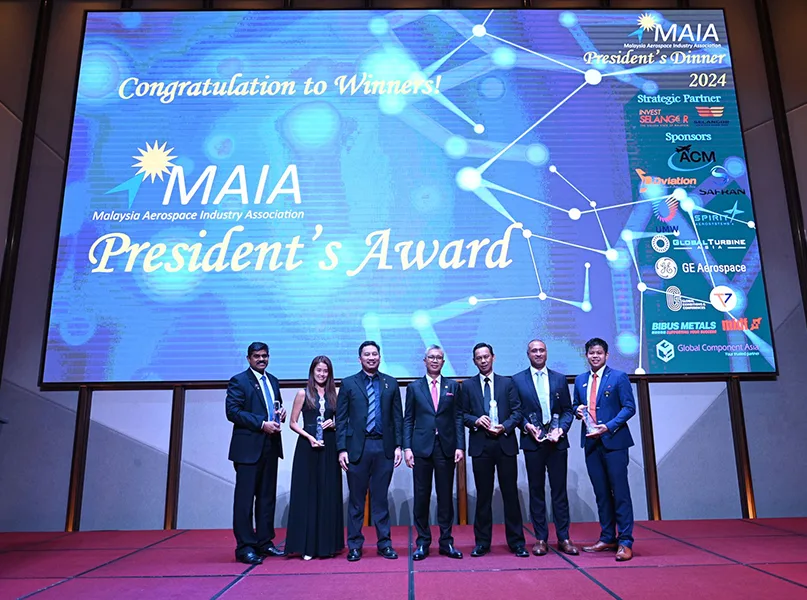
Firstly, can you introduce us to MAIA, including its purpose, vision, and goals?
Naguib Mohd Nor, President (NMN): MAIA serves as a central platform uniting industry players across the Malaysian aerospace sector.
Its purpose is to foster growth and global competitiveness. The association’s core values include collaboration, innovation, and excellence, ensuring a thriving ecosystem.
Our goals are to position Malaysia as a global aerospace hub by emphasising high-value manufacturing, MRO services, and emerging technologies such as additive manufacturing and green aviation.
What is your assessment of the Malaysian aerospace industry, and how has it evolved since MAIA’s establishment?
NMN: The Malaysian aerospace industry has grown from offering basic MRO services that support the local aviation industry and a nascent assembly-focused sector to a high-value ecosystem encompassing advanced manufacturing, providing enhanced MRO services internationally and for emerging areas such as drones and space technology.
Since MAIA’s inception, the industry has benefitted from stronger networks, strategic investments, and government support with innovation-driven policies, including the MAIB2030, solidifying the country’s position as a regional aerospace leader.
What are the current challenges and opportunities facing the Malaysian aerospace industry?
“Our goals are to position Malaysia as a global aerospace hub by emphasising high-value manufacturing, MRO services, and emerging technologies”
Naguib Mohd Nor, President, Malaysia Aerospace Industry Association
NMN:
Challenges:
- Talent development: Bridging the skills gap in advanced aerospace engineering and manufacturing.
- Global competition: Competing with established aerospace hubs internationally.
- Sustainability: Aligning with global carbon reduction mandates.
Opportunities:
- Digital transformation: Using Industry 4.0 technologies for efficiency and innovation.
- Green technologies: Developing sustainable aviation fuels and hydrogen propulsion and meeting net zero objectives.
- Regional growth: Leveraging the Association of Southeast Asian Nations’ (ASEAN) booming aviation market.
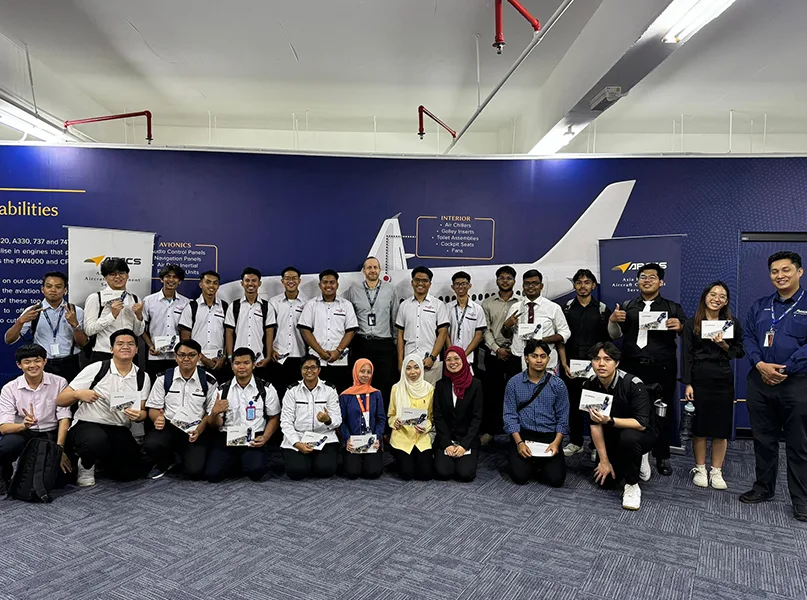
How do MAIA’s Technical Subcommittees ensure inclusivity and participation across the industry?
NMN: Our Technical Subcommittees provide a structured platform open to all members to contribute.
By focusing on areas like manufacturing, MRO, R&D, drones, and talent development, these subcommittees enable open dialogue through workshops, meetings, and forums.
This structure ensures that small and medium-sized enterprises (SMEs), large corporations, and other stakeholders have equal opportunity to voice concerns and propose initiatives.
What strategies does MAIA use to help Malaysian companies expand into new markets?
NMN: MAIA assists companies through:
- Market intelligence: Sharing insights on global trends and opportunities.
- Promotion: Ensuring the promotion of members’ capabilities through various trade shows, conferences, and forums, as well as reaching out through our affiliations with the global aerospace community.
- Trade missions: Organising delegations at international markets to showcase Malaysia’s aerospace capabilities.
- Business-to-business (B2B) networking: Connecting local companies with global original equipment manufacturers (OEMs) and Tier 1 suppliers to facilitate market entry.
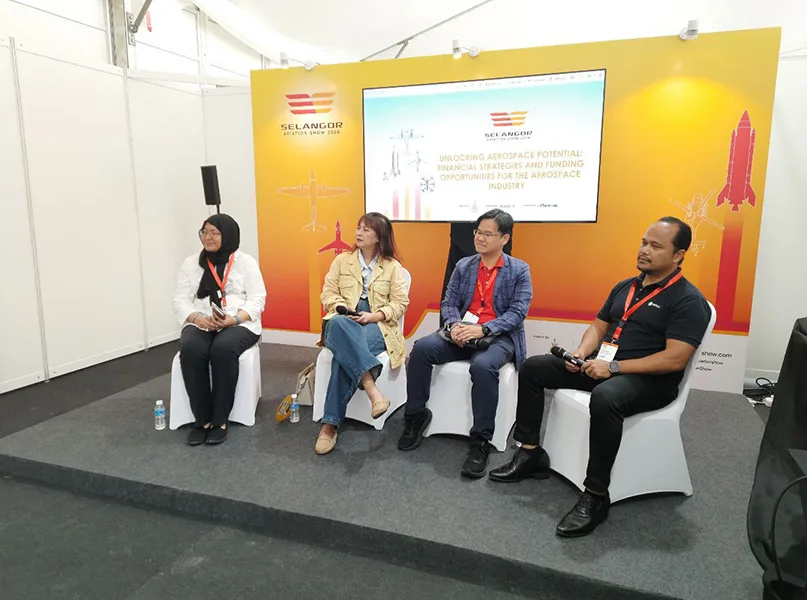
How does MAIA promote innovation in the Malaysian aerospace industry?
NMN: We promote innovation through:
- R&D collaboration: Partnering with research institutions and universities to drive advancements.
- Innovation challenges: Organising competitions to foster creative solutions.
- Technology roadmaps: Guiding companies in adopting transformative technologies such as additive manufacturing and digital twins.
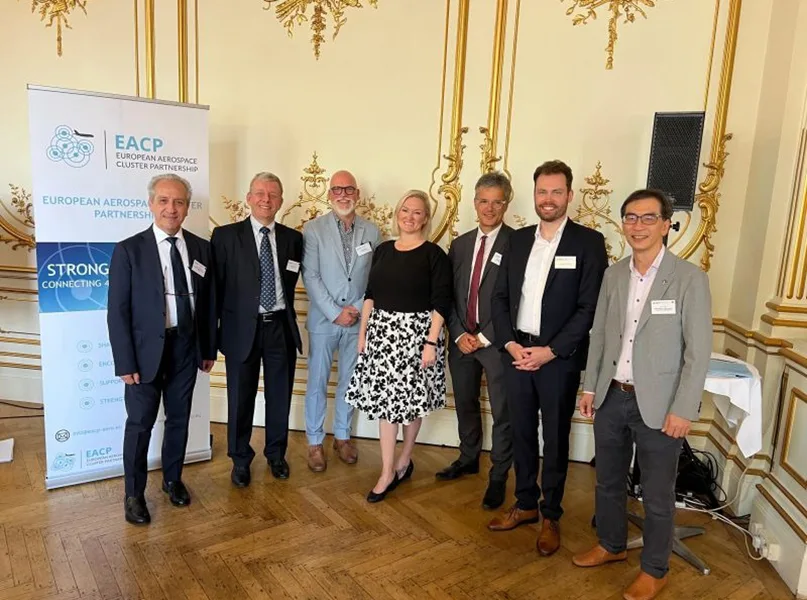
In what ways does MAIA engage with the government and influence public policy in Malaysia?
NMN: The association actively engages with the government through:
- Policy advocacy: Offering expert input to shape industry-relevant policies.
- Advisory roles: Representing the aerospace industry on government committees.
- Strategic collaboration: Working with agencies including the Malaysian Investment Development Authority (MIDA), Malaysian Industry-Government Group for High Technology (MIGHT), and the Malaysia Productivity Corporation (MPC) to align policies with industry needs and promote growth.
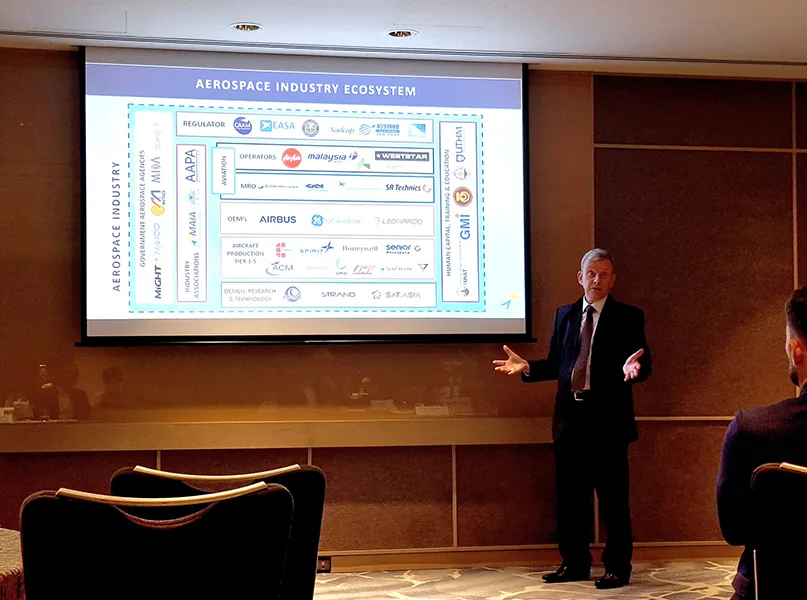
What steps does MAIA take to integrate Malaysian aerospace into the global supply chain?
NMN: MAIA integrates Malaysian aerospace globally by:
- Participating in events: Showcasing capabilities at international air shows such as the Farnborough International Airshow and Paris Air Show.
- Global branding: Promoting Malaysia as a hub for quality and reliability.
- Certification support: Helping local companies achieve global certifications for seamless supply chain integration.
How do you see the Malaysian aerospace industry evolving in the next five to 10 years?
NMN: The industry will likely see:
- Sustainable leadership: Increased focus on green aviation technologies.
- Technology adoption: Rapid integration of digital and additive manufacturing technologies.
- Regional expansion: Growth driven by ASEAN’s expanding aviation market.
- Talent growth: Development of a highly skilled workforce to support advanced manufacturing and R&D.
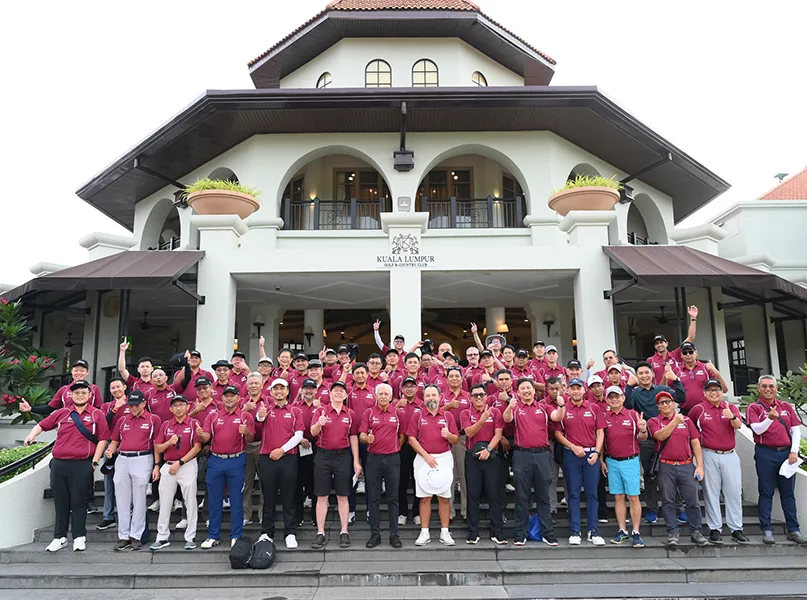
Finally, what are MAIA’s priorities to represent and support its members in the coming years?
NMN: MAIA’s key priorities include:
- Capability building: Strengthening SME capabilities in high-value manufacturing, supporting drone development, and encouraging further capability growth in the MRO sector.
- Policy development: Advocating for policies that enhance global competitiveness.
- Global integration: Expanding Malaysia’s role and participation in global supply chains.
- Innovation ecosystem: Fostering R&D and technological leadership to ensure long-term competitiveness.
These priorities will ensure that MAIA continues to champion its members’ interests and support the sustainable growth of the Malaysian aerospace industry.
